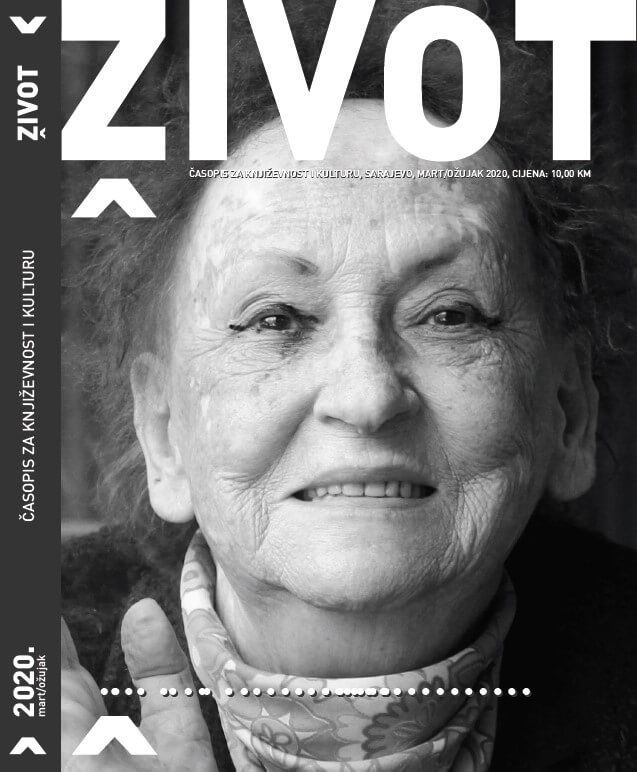
We kindly inform you that, as long as the subject affiliation of our 300.000+ articles is in progress, you might get unsufficient or no results on your third level or second level search. In this case, please broaden your search criteria.


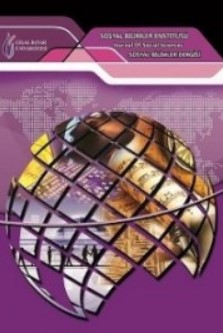
Caryl Churchill, who emerged from Second Wave Feminism in Britain, is one of the most important socialist and feminist figures in the modern drama. She developed various working methods which created a democratic and experimental theatre practice so her theatre could challenge the dominant modes of representation, particularly the still-popular naturalistic drama. Churchill in Mad Forest: A Play from Romania (1990) uses an Epic dramaturgy and alienation effect, which are inextricably linked to Brechtian Theatre theories and techniques. This article aims to explore the application and functions of the Brechtian theory of theatre and his theatrical alienation techniques like episodic scenes, the montage, the gestus, titles to each scene, advertising the play’s fictionality, interludes and songs on stage in Mad Forest: A Play from Romania. This study, furthermore, aims to contribute not only to the scholarship on Bertolt Brecht’s dramaturgy but also to the critical studies on Caryl Churchill’s plays.
More...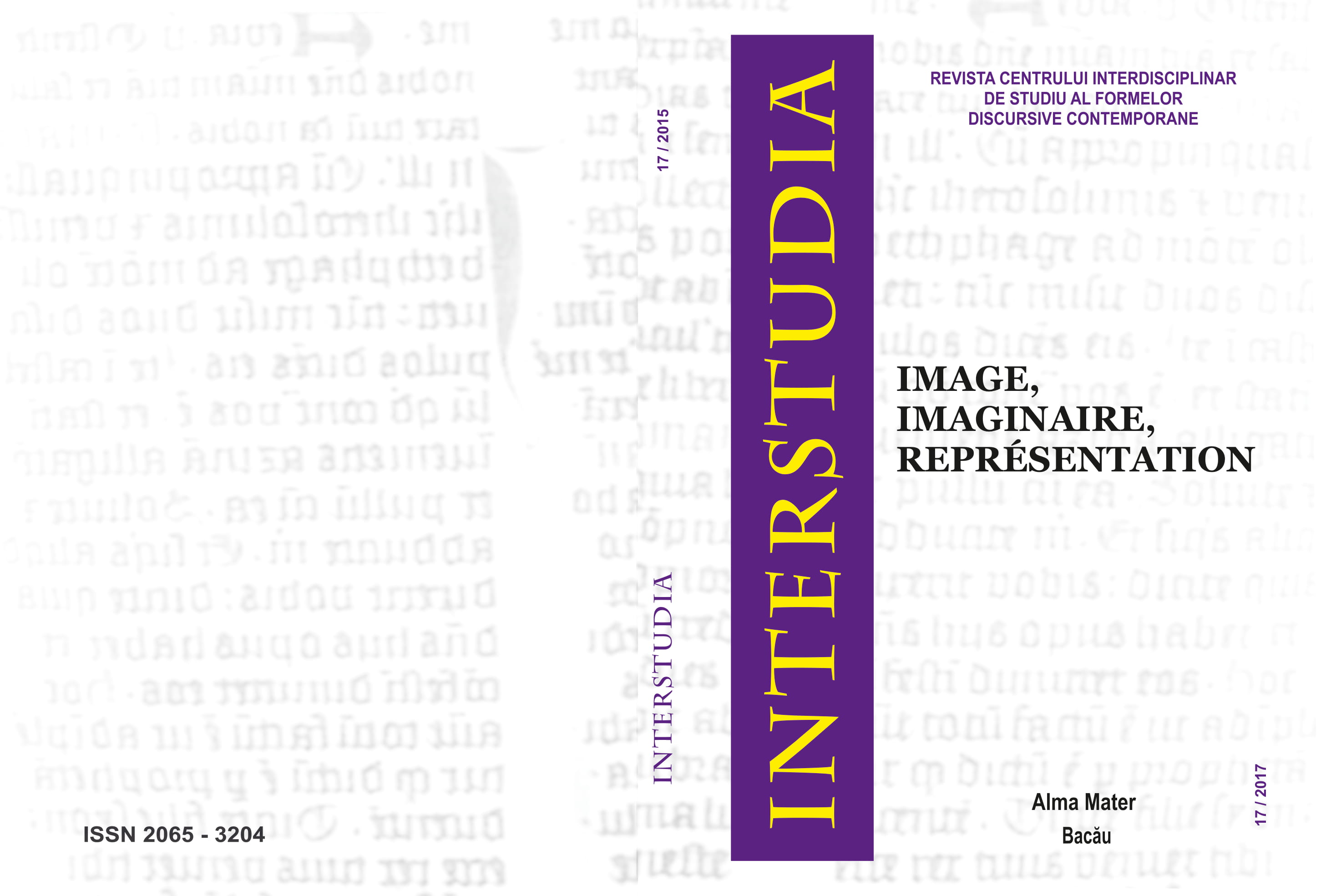
The fact that the theatre is inconceivable in the absence of a stage actor, it’s an indisputable reality till the fifties’ theatre. Responsible of the incarnation of the character, the comedian’s body was sometimes a simple support of the dramatic speech, of the theatrical voice, sometimes place of exhibition or, on the contrary, concealing the flesh. More or less faithful to the stage directions, imitating reality (naturalist drama ) or, on the contrary, stripped of reality to acquire the attributes of a puppet (in the setting of the symbolist stage), the body has always been an area of spectacular work in connection with the one concerning the way of stage speaking.In what concerns the tendency of the new theatre in self-reflexivity, the body becomes the space of the theatrical experiment, of the happening and the questioning of the traditional concept of character, reflecting on his performing double.Gleaning all over the spectacular field of the tools of a generous «ludant», Tardieu invites us to build ourselves a «ludé» as a metatheatrical speech. He gives us to see the various hypostases of the imaginary body from the figure of the crucified, a sort of body-relay (L’épouvantail), following the evolution on stage of the material body (La galerie), those of Lui and Elle, bodies dedicated to the love that the spectacular choreography makes scenically (Les amants du métro), of the suffering body (La consultation, La mort et le médecin), to the absent body but just as much incentive for the imagination of the spectator (La serrure), etc.
More...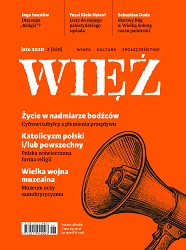
Fragment większej całości. O sztuce Religia Inga Iwasiów opowiada obok w rozmowie z ks. Andrzejem Dragułą.
More...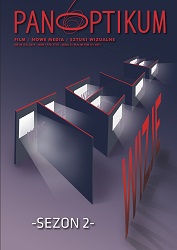
Modern television series are a product of quality television and thus significantly differ from the models that have been deeply rooted in serial culture since the very beginning of the media’s existence. At that time, the dominating category constituted series with an episodic structure closed within one episode. Nowadays, the dominant format is the narrative continuity The text aims to show the series in which the creators used innovative solutions as a result of which a new narrative paradigm was formed, described as a „narrative complexity”. The article briefly analyzes various series genres: soap operas, sitcoms and postmodernist series. All the examples cited represent a different types of multi-threaded balance, that affects the evolution of narrative patterns.
More...
The TV crime drama is one of the most popular genres for European audiences and arguably also the most culturally sensitive and nuanced. The author in his article analyzes one of the Swedish examples of crime drama called Jordskott. Author interprets it through the prism of the Nordic noir aesthetics while characterizing this concept. In the course of analyzes, however, he notices that the Jordskott series escapes the genre framework and is located somewhere at the intersection of such film aesthetics as: Nordic noir, ecological thriller, horror or fairy tale.
More...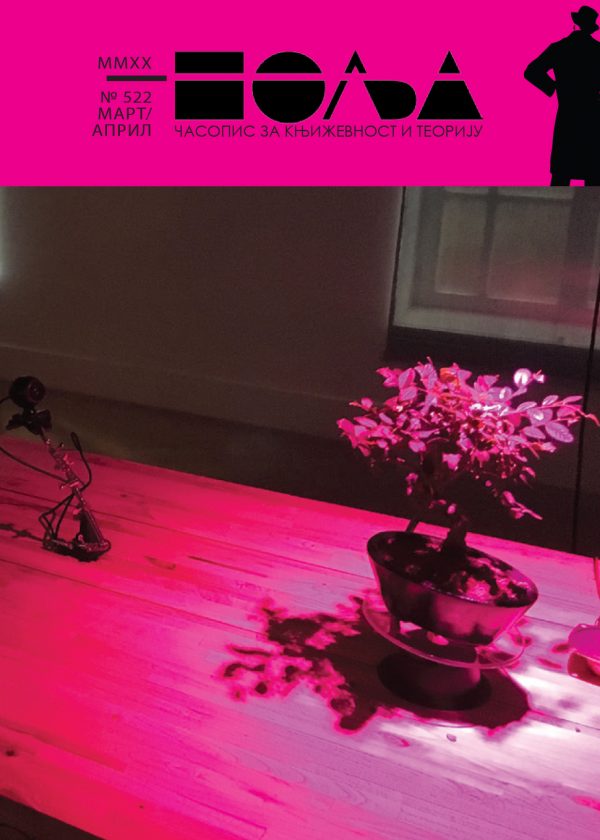





Poetry written by Alexandru Bulucz
More...


Review of the book "Otkako sam kupila labuda" by Tanja Stupar Trifunović
More...

Review of the book "Mlad si da se proslaviš" by Miloš Petrik
More...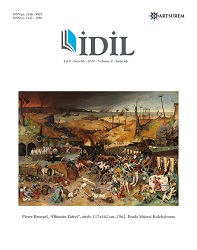
The works and translations of the famous British poet, playwright and actor William Shakespeare, who is considered as one of the most distinguished dramatists in the world, direct the different literary systems timelessly. Shakespeare's works, which inspired both literature and different art branches, also draw attention with different adaptations. One of these remarkable adaptations is Manga Shakespeare. Manga Shakespeare, which is translated into English and appears in Turkish, allows us to reach Shakespeare through different cultural filters. Thanks to the translation that creates these cultural filters, it may be possible to follow the changing and transforming goals by returning to the source. In this context, in this study, “The Tempest” as Manga Shakespeare will be examined and it will be tried to determine what transformation has occurred in the text by translation. The variety of translation practices also reveals the multi-layered aspect of translation, so it is not possible to state any limited conceptual definition for translation. Therefore, this multi-layeredness brings together different perspectives, different definitions and conceptual inquiries. Manga Shakespeare “The Tempest”, which is the subject of this study, will be analyzed by the concepts of "adaptation" and "transposition" of Jean Paul Vinay and Jean Darbelnet and the concepts of "intersemiotic translation" and “interlingual translation” of Roman Jakobson. The text will be examined through conceptual inquiries and translation comparison will be discussed in the context of Lawrence Venuti's concepts of “foreignization" and" domestication”.
More...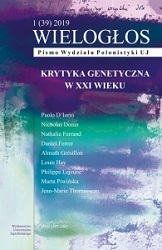
How can we conceive of applying genetic criticism to a theatrical work, since drama is characterised by its inherent mutability and necessary incompletion? How can we analyse the genesis of a play which only becomes real on the evening of its performance? How can we defi ne the genesis documents when we know they are unstable, heterogeneous and ephemeral by definition? A requisite condition: the persons involved in stage direction as well as theatrical archives should be encouraged to preserve the fragile traces of the birth of a performance (logbooks, administration notebooks, rehearsal records, sketches for the sets, and so on). This study outlines a framework wherein the complex, dynamic relationship between the construction of a text and that of its performance can be exploited.
More...